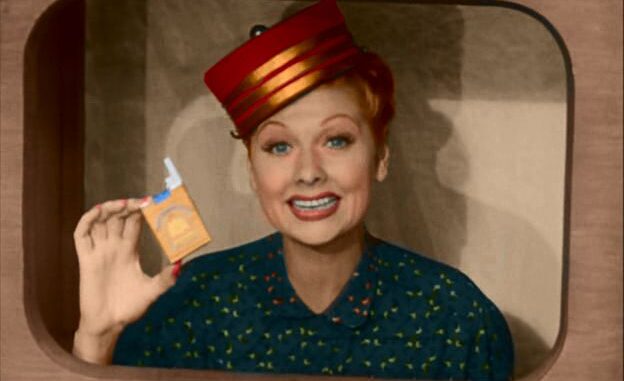
In television history, few characters have managed to be both relatable and timeless like Lucy Ricardo in I Love Lucy. Played by Lucille Ball, Lucy became a “queen” in the hearts of audiences thanks to her ability to draw laughter from the simplest, most clumsy situations. It wasn’t perfection or glamour that made her iconic, but rather the charm found in her everyday mishaps.
When “mistakes” become comedy gold
What made Lucy truly special was her ability to turn failure into entertainment. Classic scenes, such as struggling with the candy factory conveyor belt or stumbling through a misguided attempt at singing, all stemmed from tasks that seemed simple at first. Instead of frustrating viewers, each blunder made audiences laugh—and, more importantly, feel connected. After all, who hasn’t found themselves in an awkward or silly moment at some point in life?
The “ordinary woman” made unforgettable
In 1950s America, television often portrayed women as graceful, capable, and sometimes overly idealized. Lucy Ricardo, however, broke that mold. She was a housewife full of dreams, overly curious, and often the cause of chaotic yet hilarious predicaments. But this “ordinary” nature was precisely what made her extraordinary. Lucy wasn’t a distant Hollywood star—she was a mirror reflecting the quirks, struggles, and humor of millions of women and families across the country.
Clumsy, but with charm
Clumsiness alone wouldn’t have been enough to make Lucy a legend. What mattered was Lucille Ball’s ability to transform clumsy behavior into something endearing. With exaggerated expressions, precise timing, and an unmatched command of physical comedy, Lucy became a comedic icon. Viewers didn’t just laugh at her—they loved her, because she was always authentic. Whether chasing small dreams or stumbling through embarrassing failures, Lucy never pretended to be anything other than herself.
A timeless legacy
More than half a century later, Lucy still lives on in the cultural memory. Episodes of I Love Lucy are constantly re-aired, studied, and referenced across media. New generations watching her antics today laugh just as hard as audiences did in 1951. This proves that Lucy’s brand of charming clumsiness was never just a product of her time, but a cultural legacy that continues to resonate.
Conclusion
Lucy Ricardo demonstrated that imperfection can sometimes be the greatest strength. By turning “mistakes” into moments of joy, she secured her place in television history as the “Queen of Charming Clumsiness.” Even today, when discussing the most iconic figures in comedy, Lucy’s name still rises to the top.
